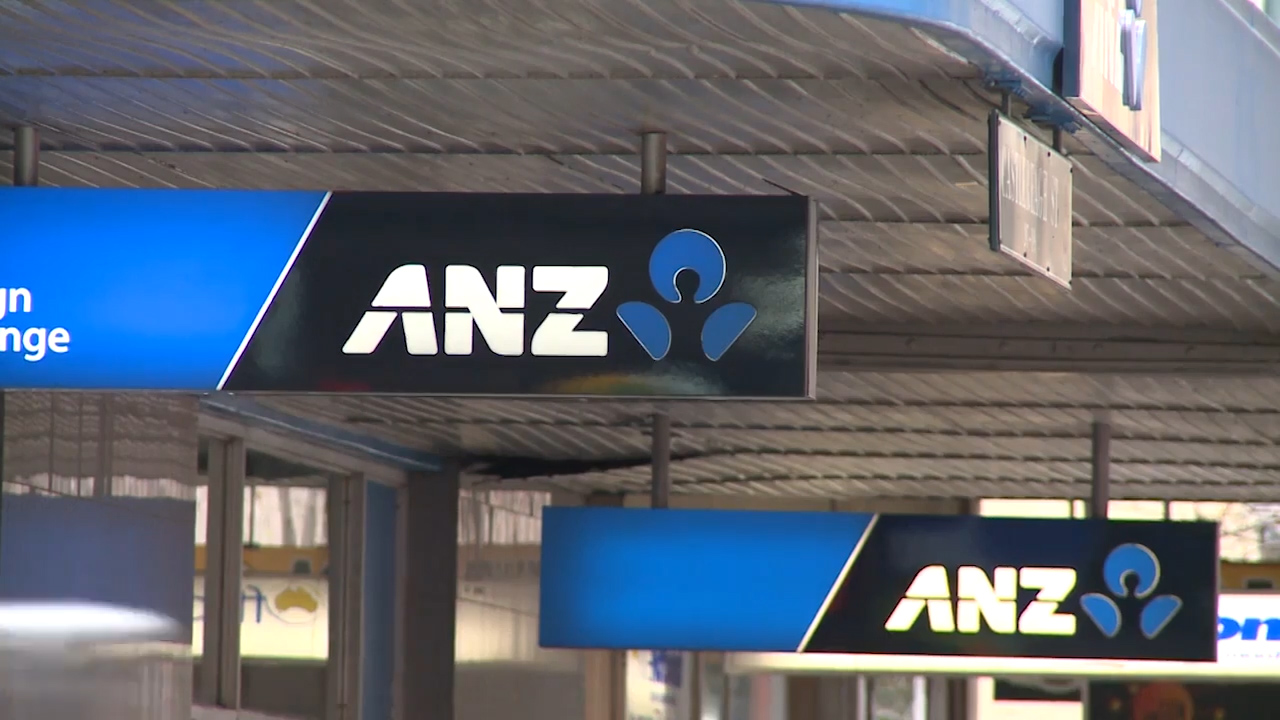ANZ has announced that it will be implementing new restrictions on some loans for residential apartments, units and flats in Brisbane and Perth.
Effective Monday, 2 October, there will be a maximum 80 per cent loan-to-value ratio (LVR) for owner-occupier and investment loans for all apartments in the following inner-city Brisbane postcodes:
– 4000
– 4006
– 4010
– 4011
– 4014
– 4102
– 4171
There will likewise be a new restriction on investment lending for apartments in some areas of inner-city Perth.
Also from 2 October, there will be a maximum 80 per cent LVR for investment loans for apartments in these Perth postcodes:
– 6000
– 6004
– 6104
– 6151
These policy changes apply to all apartments in affected postcodes, including off-the-plan and non-standard small residential properties (≥40m2 & <50m2) valued at less than $3 million.
Granny flats are not impacted by this change.
ANZ has told brokers that applications submitted prior to 2 October 2017 will be assessed under the previous policy (as will applications that have been granted an extension prior to Monday, 6 November 2017).
A spokesperson for the bank commented: “This update for a handful of Brisbane and Perth locations is part of our ongoing efforts to ensure we are lending responsibly and in consideration of all our regulatory responsibilities.
“We regularly look at a number of factors in relation to residential apartments to make sure we are meeting our responsibilities, including supply and demand, rental yield, vacancy rates and location.”
The moves come amid increasing concern of oversupply in apartment building, with several developers making headlines recently for being left with unsold apartments.
Analysts at BIS Oxford Economics suggested in June that new apartment completions in Australia that have been largely bought off the plan by investors will hit a record this year and “most cities will find that tenant demand will not be sufficient to support rents and consequently values”.
According to the report, the whole of Australia, barring NSW which is “heavily undersupplied”, will be in oversupply over the next three years, with the unit market likely to face more challenges than the house market as a result of APRA constraints on investor lending.
Further tightening could be on the horizon
Speaking to The Adviser, Ranjit Thambyrajah, managing director of Acuity Funding, suggested that there could be further tightening by ANZ in the coming months.
The commercial broker said: “Perth has been slowing down and slow for quite a while now and Brisbane is heading that way quite quickly. ANZ, in particular, pulled out of lending for both those states for development a little while ago, so I think [this recent change] is just following on from that.
“I think it’s probably going to be more than those areas, actually. I think they are going to face difficulty in other areas as well, in terms of oversupply.”
He explained: “We’re in the business of funding the developments and we are experiencing a lot of difficulty in funding things in Queensland, particularly with the ANZ bank, and we have the same situation in WA. So, they perceive the oversupply as going to continue for a while, but currently the areas that they are quoted on are the ones that they are experiencing most oversupply in.”
While Mr Thambyrajah said that other areas experiencing oversupply of apartments, such as Melbourne and some areas of Sydney, will “start feeling more tightening as well”, he said that he is not overly concerned by the changes.
“Just because one bank is not lending does not mean others are not. It really depends on their prudential limits to the area and also the blend of their book in terms of APRA guidelines as well.
“So, I’m not concerned by this at all. I think it just changes from month to month and bank to bank.”







